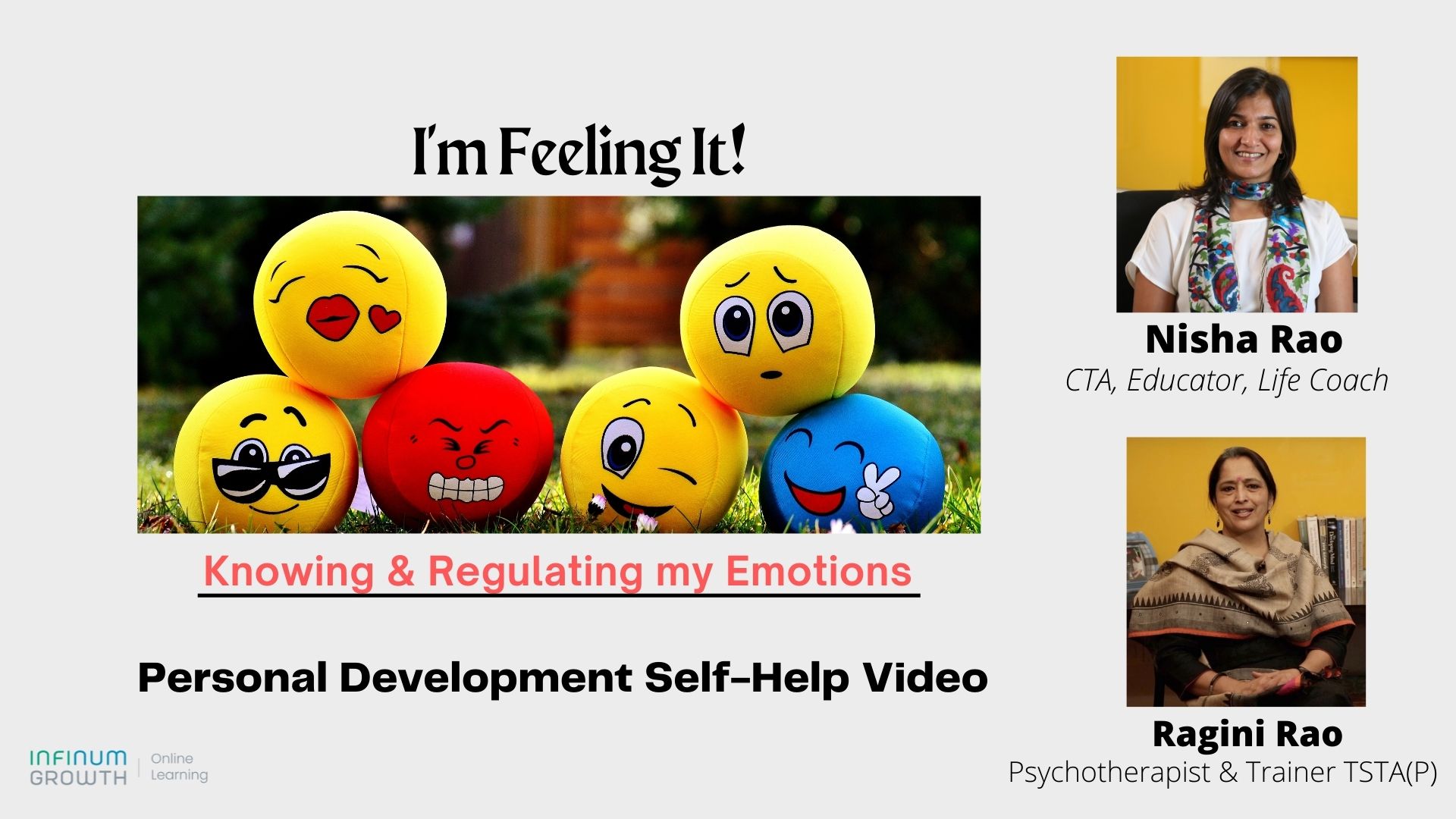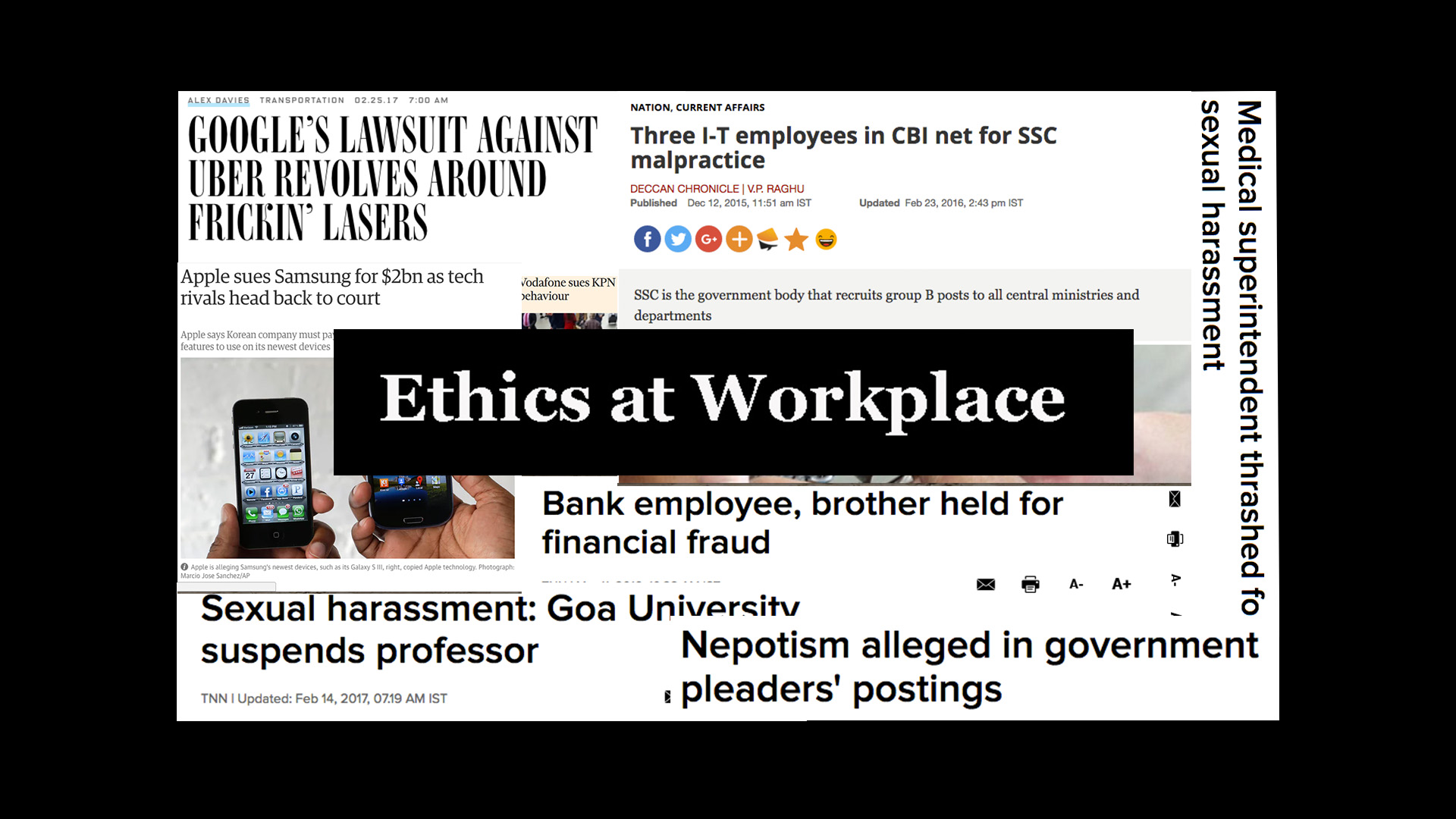The concept of Work From Home, for the longest period of time, had been considered a privilege available to a select few; depending on the nature of work and level of hierarchy in an organisation.
A majority of the working population had to, not only come to the workplace, but in a lot of cases, had to clock in a physical presence of time to be deemed to have worked.
However, Covid-19 has burst this myth, that we have to go to a workplace in order to be productive.
It has forced people to put on their creative hats; and challenge themselves; to work out solutions hitherto thought of being impossible. The workplace scenario post-COVID-19 is drastically different from what we have ever experienced in the past.
As companies prepared to get back to work from offices after the lockdown periods, they also saw the advantages of work from home. Now, there is a sizeable population of corporate employees and startups, that continues to Work From Home as a routine, for at least part of the week.
I am sharing below a few practical steps which could help anyone managing teams remotely; that is, WFH.
1. Develop Trust
When you have little control over the Team being scattered, Trust becomes essential. This can only happen through two way Communication. Open formal and informal channels of communication that expand accessibility. While measuring performance in a work from home situation, trust and accountability will be the newfound values that organisations will need to incorporate.
2. Create a Purpose
In the physical workspace, the interaction within the team is largely organic, except for occasional planned interventions. However, when the regular physical presence goes away, the virtual connect has to be more effective.
If the team size is large, then break them into smaller units and give each unit a goal, which connects with both the Customer matrix and the individual. Thereby making the Team aware of the contribution they are making.
3. Focus on the Essential and not the Desirable
Essential is something of extreme importance or critical to the success of the business/operation; without which it will certainly fail.
Desirable is something worth having, but not critical – in other words, good to have.
If something falls in the Desirable set, it may NOT be a priority at this point, in a work from home arrangement.
On the other hand, if it is critical to the operational success, then run it through 3 more determinants:
- Can it be effectively (accurately) measured?
- Will the measurement be efficient?
- Can the measurement process be monitored with integrity?
If the answer to all 3 of above is a YES, then move to prototype testing, if not back to the board. The focus should be on a few mission-critical ones and improvise over a period of time.
4. Productivity
Improving productivity is a key concern for Management in a WFH situation. The delivery time of a task has probably increased from 8-9 hours to 12-13 hours. While many may be trying their best to deliver, sometimes, the results are just not visible enough; the reason being, work from home is tough on everyone.
Therefore, following a routine, keeping work time and personal time separate, preparing for the day, creating a proper work bay without distractions at home; all these are becoming pre-requisites
5. Communication
Communicate effectively to help stay focused and to excel in work while WFH. So the Leader needs to provide regular updates on current performance to each team member. This can be done efficiently with the help of monitoring software or even production workflows.
Team members speak to each other in transaction processing environments – getting clarifications etc. This experience is lost in a remote situation. So there is a need to use chat platforms that share queries, updates and clarifications. If this technology is available then the Leader must use it. It’s very essential for such updates to be provide in an appropriate manner.
WFH is a new experience for everyone and hence there is a need to establish daily check-ins. Organise group calls. In the absence of physical interaction, one-to-one (personal interaction in the calls) calls can ensure the individual feels that he/she is integral to the team. Connecting at a personal level is so very important when working remotely.
6. Hunt for Good Behaviour
Give the person who displays that positive trait the most to rally around the others. Make sure to find something positive in each person. It could be from being punctual to being most productive etc. Most importantly recognise the individual who displays improvements.
7. Empathy
Be understanding of the others’ world. When the physical boundaries of work and home get blurred, it brings in a different stress on people who are learning to navigate through this new system. A Leader needs to be able to understand and be truly empathic to this transition and the challenges of the new workplace. It has its own set of dynamics of space, crowd, encroachment by family; not by design but by default.
Remember events; create social events on virtual platforms. Remembering birthdays and events connects people at a different level. Extend that to the family. Find out and call in for the parent or child’s birthday. The more you bond with the family, the better will be the connect as a whole.
8. Being a Coach
Act as a catalyst, helping each member find solutions to Customer problems. Be the guide and coach so that the individual has faith in your solutions. Use tools for quick video and visual communication. Have a corrective approach as against punitive.
9. Finding a Running Mate
Display camaraderie in work ethics, so the team follows this behaviour and demonstrates a collaborative way of working. Also, it’s useful to extend this to cross functional working. For example, can someone take up the Quality Analyst role? Or can another team member monitor if everyone has logged in? etc.
10. People are Ritualistic
Give team members rituals and stick to them. They find comfort, order and meaning in repetitive, familiar activities. These are important in long term professional service encounters.
Hence, give each member a ritual to follow, based on what they enjoy doing. Best practice sharing through learning is a ritual; and a very effective way to improve various attributes of a Team.
Covid like situations can occur again. There are many articles that refer to Resilience as a key attribute for a leader during such times. There are Leaders who thrive in a war kind of situation.
One thing is for sure; every leader, irrespective of their level, will need to be working in a new, hybrid environment where many team members are not in the office.
So be prepared…and focus on execution.. That’s the key.
Please do leave your comments at the bottom and do share with others if you like this article.
















